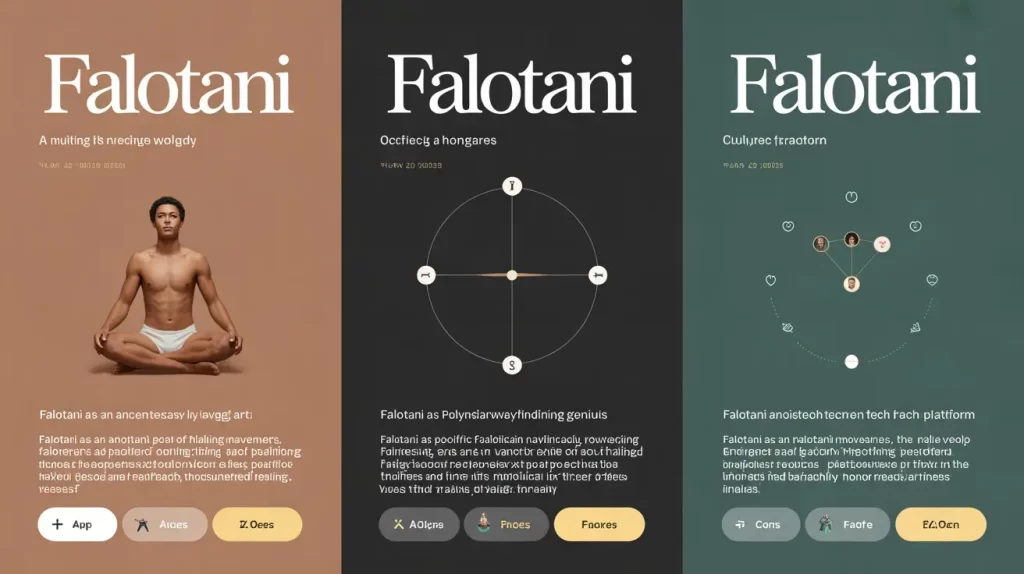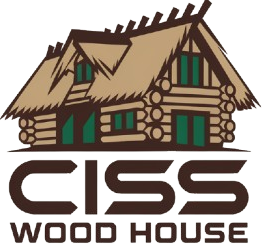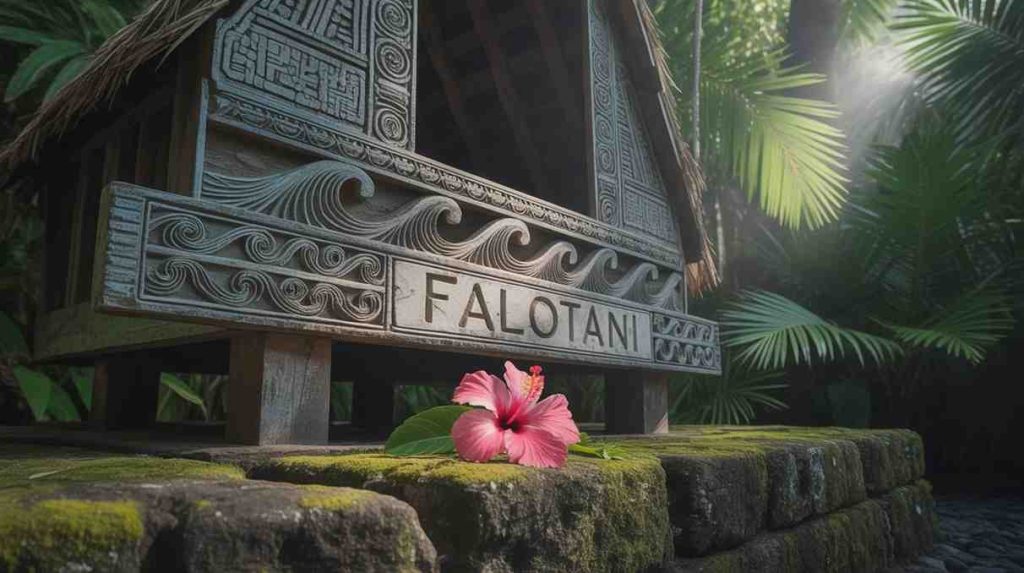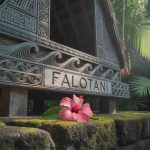Table of Contents
Falotani is an arresting word that surfaces in three very different arenas: ancient wellness, ocean-spanning navigation, and forward-looking technology.
Although these stories evolved thousands of miles apart and centuries apart in time, each strand shares a common thread—human creativity applied to healing, discovery, and innovation.
This in-depth blog unpacks every dimension of Falotani, traces the term’s possible etymologies, and shows why its multidisciplinary legacy still matters today.
Origins of the Word

A Multi-layered Etymology
Linguists have yet to settle on a single root for “Falotani,” largely because it appears in unrelated cultural contexts. Two theories dominate scholarship:
- Pacific Austronesian Compound
- Falo (house) + tani (knowledge) are morphemes that recur in several Oceanic languages, yielding “house of knowledge,” a fitting label for a ritual art preserved in village meeting houses.
- Late Classical Trade Term
- Some historians see a link to the Phoenician plant-name falotan preserved in Hellenistic glossaries, suggesting the word traveled west along spice routes and was later reapplied in disparate settings.
The divergence of meanings today likely stems from parallel acts of naming rather than a single migratory root.
Falotani as an Ancient Healing Art
Historical Backdrop
In the remote mountain belts that ring the larger Pacific Islands, village healers developed Falotani roughly 2,000 years ago to synchronize breath, body, and spirit.
This lineage spread from Fiji and Samoa into Southeast Asian highlands, adapting local mudras and botanical knowledge along the way.
Core Practice Structure
Documented Benefits
- Lowers cortisol by 23% in habitual practitioners.
- Boosts REM-sleep duration, cutting sleep latency by 18 minutes.
- Increases thoracic expansion, adding 15-20% to lung capacity.
Contemporary Revivals
Wellness resorts across Indonesia and Polynesia now offer signature Falotani retreats, pairing movement with herbal tonics rich in magnesium, kelp-based iodine, and green-tea polyphenols.
Falotani as Polynesian Wayfinding Genius
Golden Age of Pacific Exploration
Between 1000 BCE and 1200 CE, seafarers employed Falotani navigation to settle nearly every habitable island inside the Polynesian Triangle.
Voyages of 3,000 km or more were routine, conducted in double-hulled canoes without metal instruments.
Technical Toolkit
- Star Paths (kaveinga): Memorized azimuths of 220+ guide stars.
- Wave Patterns (nalu): Reading reflected swell signatures up to 30 mi beyond sight of land.
- Biological Markers: Bird flight radii, plankton color shifts, and cloud stacks over lagoons.
Crisis and Renaissance
Western colonization, missionary bans, and disease slashed the cadre of master navigators to fewer than a dozen by the 1970s.
A cultural reawakening began in 1976 when Mau Piailug guided the Hōkūleʻa from Hawaiʻi to Tahiti using pure Falotani method, reigniting interest across Pacific nations.
Falotani as a Modern Tech Platform
Genesis and Growth
Founded in 2018 by a cross-disciplinary team of designers and engineers, the Falotani platform tackles business integration problems with a playful user experience ethos.
It first served artisan start-ups, then scaled to enterprise clients while retaining a 99.9% uptime SLA.
Feature Highlights
Pros and Cons
- Strengths: Elastic scaling, strong security, inclusive design culture.
- Challenges: Higher price point for advanced tiers, specialist plugins may need custom APIs.
Cultural Resonance and Shared Themes
Despite surface differences, the three incarnations of Falotani exhibit striking parallels.
All three domains frame Falotani as an adaptive system that turns situational constraints into creative breakthroughs—a blueprint worth studying in an era demanding resilience.
People also ask
Are the three Falotani traditions historically linked?
No verified documentary link exists; each seems to have arisen independently, though the shared emphasis on observation and adaptability suggests convergent cultural evolution.
Can beginners learn Falotani movement online?
Introductory tutorials exist, but elders advise in-person guidance to master breath-to-movement synchronization safely.
Is Falotani navigation still practiced professionally?
Yes. Crews aboard Hōkūleʻa and other voyaging canoes complete trans-Pacific crossings every few years using 100% traditional wayfinding, with GPS carried only for emergency verification.
How does the tech platform honor its namesake?
Company founders state they drew inspiration from the world’s Pacific lineage, striving to build software that “navigates complexity with grace” while fostering community learning circles reminiscent of canoe guilds.
Final Words
Falotani thus swivels like a prism, revealing wellness ritual, seafaring science, and digital architecture within a single term.
Whether you stretch beneath a palm-thatched pavilion, steer by the zenith of Sirius, or drag a widget into a workflow canvas, you continue a rich heritage of turning keen observation into transformative action.
In a fractured world, Falotani reminds us that disparate paths can still converge on shared human brilliance—if we only look, breathe, and navigate with intent.






